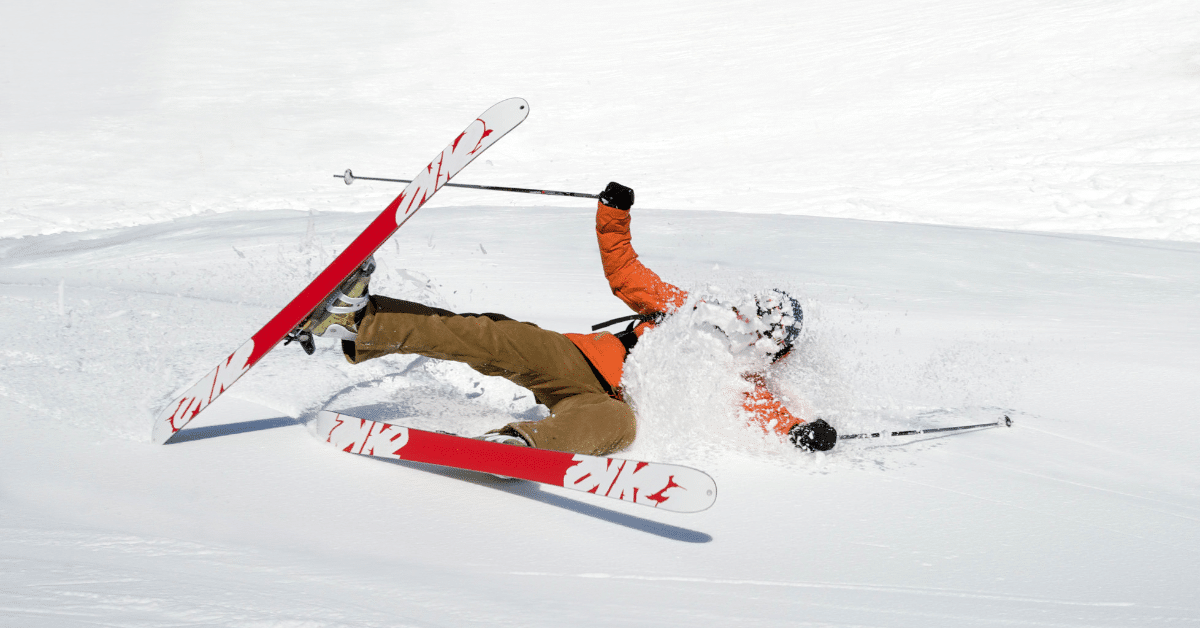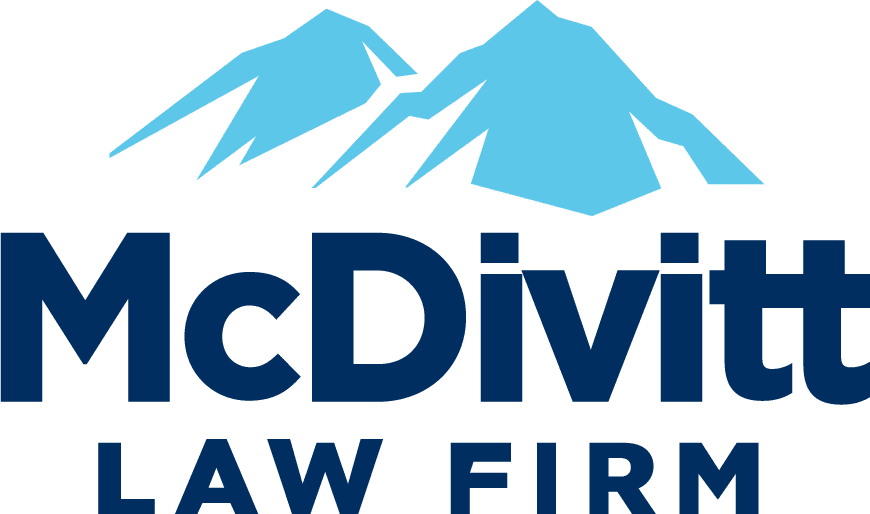The Ski Safety Act
The Colorado Ski Safety Act is the governing legislation for ski area operators and skier/snowboarders who use the ski areas. The act defines the duties of ski area operators and riders, and allows for a claim of negligence to be brought against either one who has breached their duty defined by the Act. The Ski Safety Act was put in place to establish reasonable safety standards for the operation of ski areas and for the skiers using them.
If you have been in a ski accident it can be a very scary situation to be involved in, but a ski accident attorney can help ease the process for you. The team at McDivitt Law Firm can help evaluate your ski accident and assist you through the process after being involved in a ski or snowboard accident.

Duties of the Ski Area Operators
The Act requires each ski area operator maintain a sign system with concise, simple, and pertinent information for the protection and instruction of “passengers” (Passengers refer to skier/snowboarders riding lifts, gondolas, etc.). The signs shall be prominently placed on each “passenger tramway” (Passenger tramway refers to ski lifts, gondolas, etc.).
The Act also requires each ski area operator to maintain a sign and marking system regarding the ski areas that a skier may encounter on the mountain. These signs are to be placed at the beginning of the trail and contain the appropriate symbol of the relative degree of difficulty of the trail.
Ski Area Operators are required to mark the boundaries of the ski area in a readily visible fashion to skiers under conditions of ordinary visibility. Additionally, any man-made structures on the trails shall be marked.
Also, whenever maintenance equipment is being used on the trails the ski area operator shall place a conspicuous notice at the top of the trail.
Duties of Skiers/Snowboarders on the Mountain and as Passengers
The Act requires that each skier is solely responsible for knowing the range of their own ability to negotiate any ski slope or trail within the limits of such ability, maintain control of speed and course at all times when skiing while continuing to maintain a proper lookout to be able to avoid other skiers and objects. Additionally, no skier shall ski on a ski slope or trail that has been closed.
Each skier expressly accepts and assumes the risk of and all legal responsibility for any injury to person or property resulting from any of the inherent dangers and risks of skiing. The Act does not preclude a skier from suing another skier for any injury to person or property resulting from such other skiers acts or omissions. Each skier that is involved in a collision with another skier when an injury occurs is required to give their information to an employee of the ski area operator prior to leaving the vicinity of the collision.
The Act prohibits boarding a passenger tramway if they do not have sufficient physical dexterity, ability, and knowledge to negotiate or use the facility. Also, the Act prohibits passengers from embarking/disembarking a passenger tramway except at designated areas, throwing items from a passenger tramway, act in a manner that could interfere with the operation of the tramway, or engage in any conduct that could cause injury to any person.
Limitations on claims
All claims against any ski area operator to recover damages for injury caused by maintenance, supervision, or operation of a passenger tramway of a ski area shall be brought within two years after the ski lift accident claim arises.
No skier may make any claim against or recover from any ski area operator for injury resulting from the inherent dangers of skiing.
Inherent dangers of Skiing/Snowboarding:
The Inherent dangers and risks of skiing is a phrase used in the Ski Safety Act and refers to those dangers or conditions that are part of the sport of skiing. A few examples of the inherent dangers of skiing are as follows:
- Changing Weather Conditions
- Snow conditions
- Surface or subsurface conditions
- Variations of steepness or terrain
- Collisions with other skiers
The term inherent dangers of skiing does not include the negligence of a ski area operator or for injury caused by the use or operation of ski lifts. The Ski Safety Act separates the duties of the skiers and operators depending on the role of each participant at different intervals of their day on the mountain. Ski Area Operators and Skiers open themselves up to a negligence suit for failing to uphold the duties set out in the statute. Per CRS 33-44-104, “A violation of any requirement of this article shall, to the extent such violation causes injury to any person or damage to property, constitute negligence on the part of the person violating such requirement.”
Helpful tips before heading out to the mountain:
- Check your equipment to be sure that everything is in working order and nothing needs to be repaired or fixed.
- Wear adequate clothing and equipment for the conditions (Helmet, Goggles, Sunglasses, etc.)
- Be aware of your surroundings and daily conditions
- Only ski/snowboard within your experience level
- Make sure boots and bindings are properly adjusted
- Familiarize yourself and be comfortable getting on and off chair lifts
- Have Fun!
If You’ve Been Injured on the Slopes, What are Your Next Steps?
- Stay calm and evaluate the initial severity of your injury.
- Get the information of the other skier who you came in contact with
- Take pictures of the scene and your injury
- Contact Ski Patrol
- Get Proper Medical attention
- Determine if you need legal representation
- Call McDivitt


